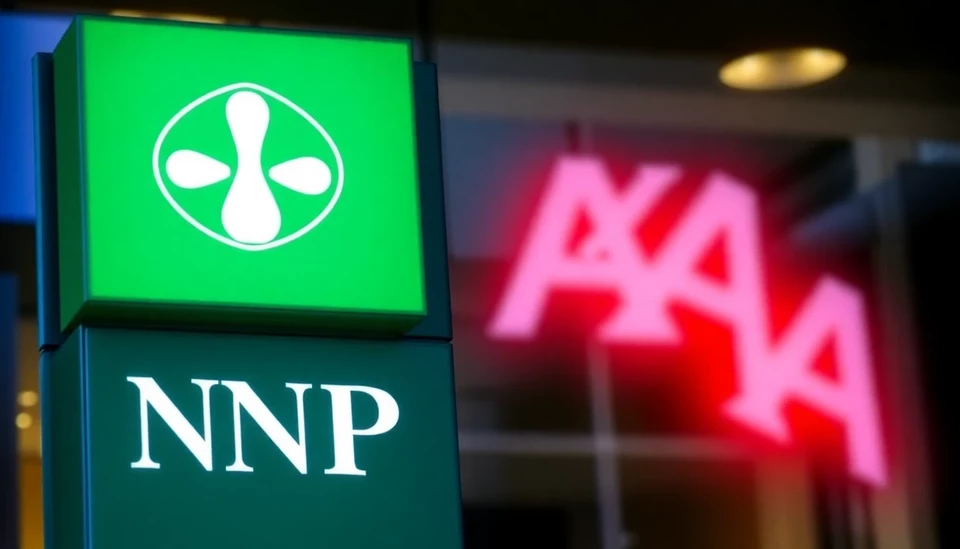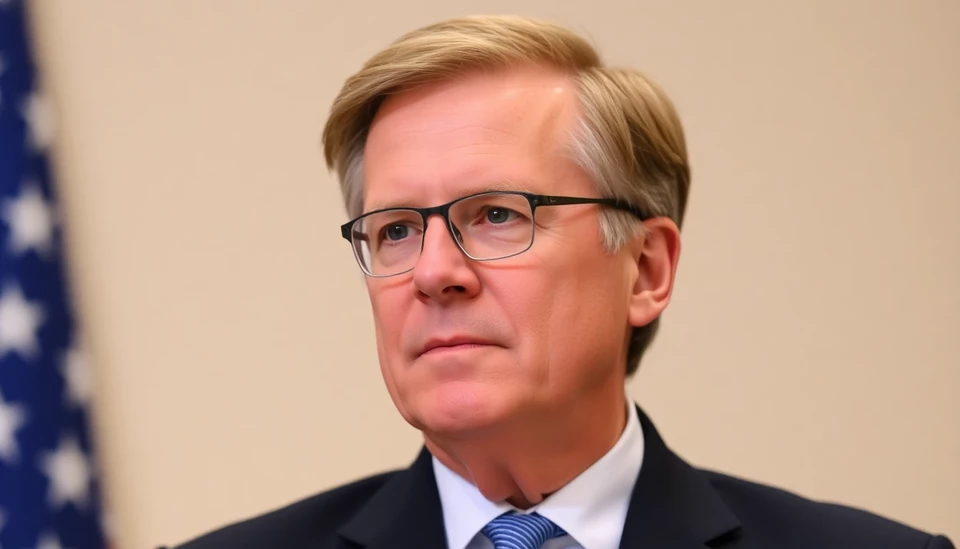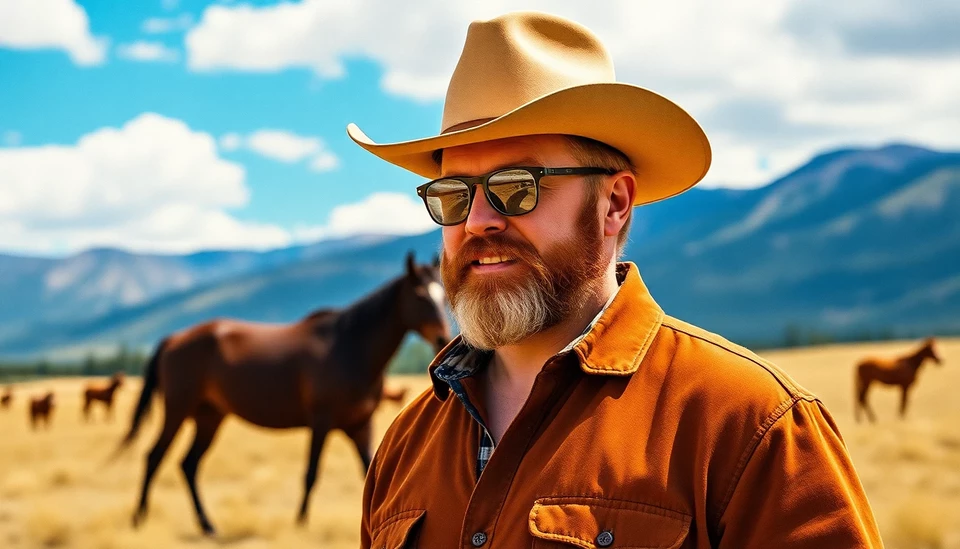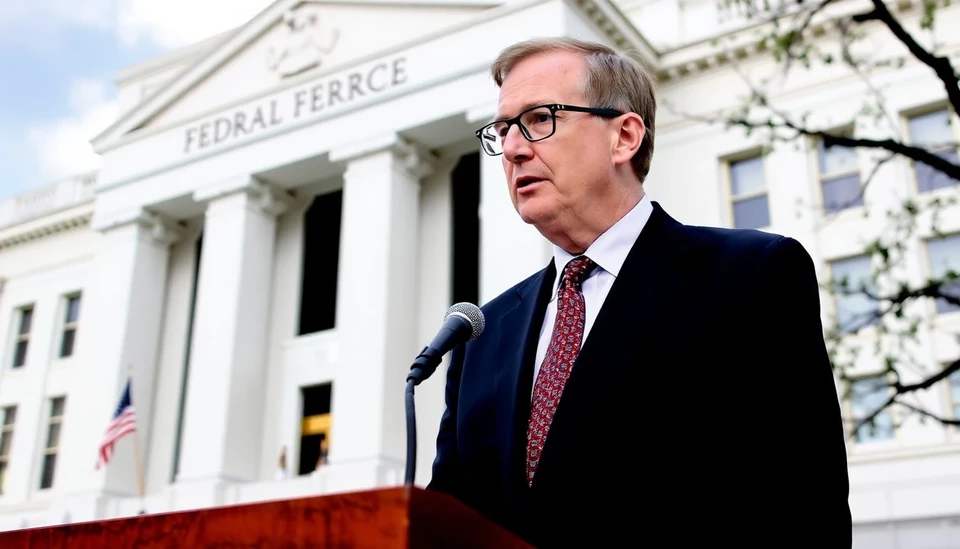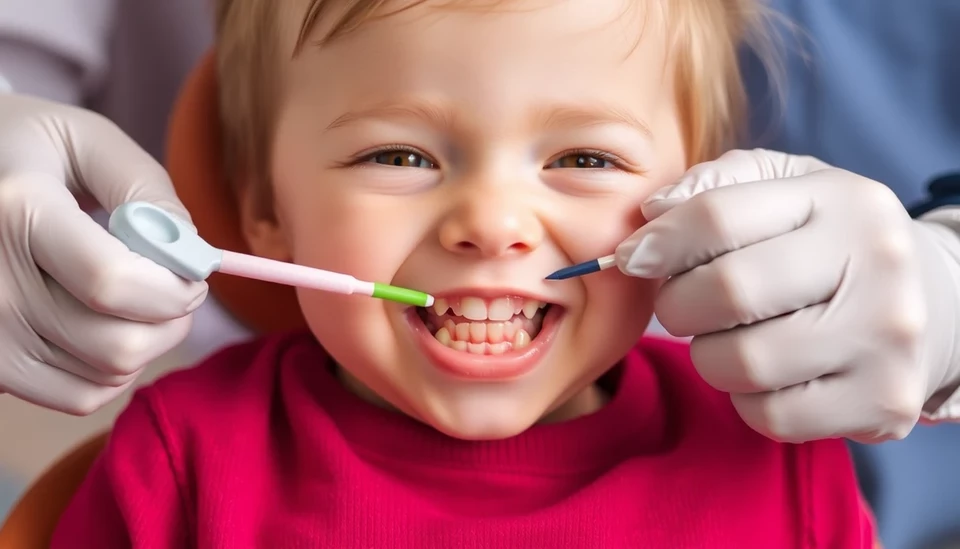
In recent discussions surrounding pediatric dentistry, it has come to light that many dentists are increasingly reluctant to remove loose baby teeth in children. This trend has raised eyebrows among parents, educators, and health professionals alike. The reluctance stems not only from a desire to promote patient comfort but also from a growing body of evidence suggesting that natural processes should take precedence when it comes to the shedding of baby teeth.
The debate essentially revolves around the key question: Should dentists intervene when a child's baby tooth is loose, or is it better for the child to wait for natural processes to take their course? Many practitioners now advocate for a more conservative approach, encouraging children to let their loose teeth fall out on their own. This guidance is presenting a shift in traditional practices, where the removal of loose teeth was a routine procedure.
A variety of factors influence this modern perspective. For starters, experience in pediatric dentistry has shown that most children find having their loose teeth pulled to be an uncomfortable and sometimes traumatic experience. Dentists have recognized that allowing children to retain their teeth until they naturally fall out can minimize psychological distress and foster a sense of control for the young patients.
Additionally, dental experts have cited research indicating that when baby teeth are removed prematurely, it can lead to complications, such as improper alignment of the adult teeth that follow. Retaining baby teeth until they are ready to come out allows for a more natural transition to adult teeth, ultimately contributing to healthier dental outcomes as children grow.
Moreover, dentists emphasize the importance of parental guidance in this journey. They encourage parents to engage with their children regarding loose teeth. Conversations can help ease anxiety; involving children in the process can foster resilience and understanding. Furthermore, dentists often suggest that parents should allow children to handle the excitement of the “tooth fairy,” making the experience special rather than fear-inducing.
In summary, the evolution in treatment approaches for loose baby teeth reflects a broader understanding of pediatric care. By prioritizing emotional well-being and the long-term effects on dental health, dentists are reshaping traditional practices in favor of a child-centric approach. This thoughtful reconsideration offers essential insights not only for dental practitioners but also for parents who are navigating this common childhood experience.
As the dialogue continues within the dental community, it remains clear that the health, comfort, and emotional landscape of children's dentistry are paramount in shaping the future of pediatric services.
#PediatricDentistry #LooseBabyTeeth #ChildrensHealth #DentalCare #ToothFairy
Author: Samuel Brooks
